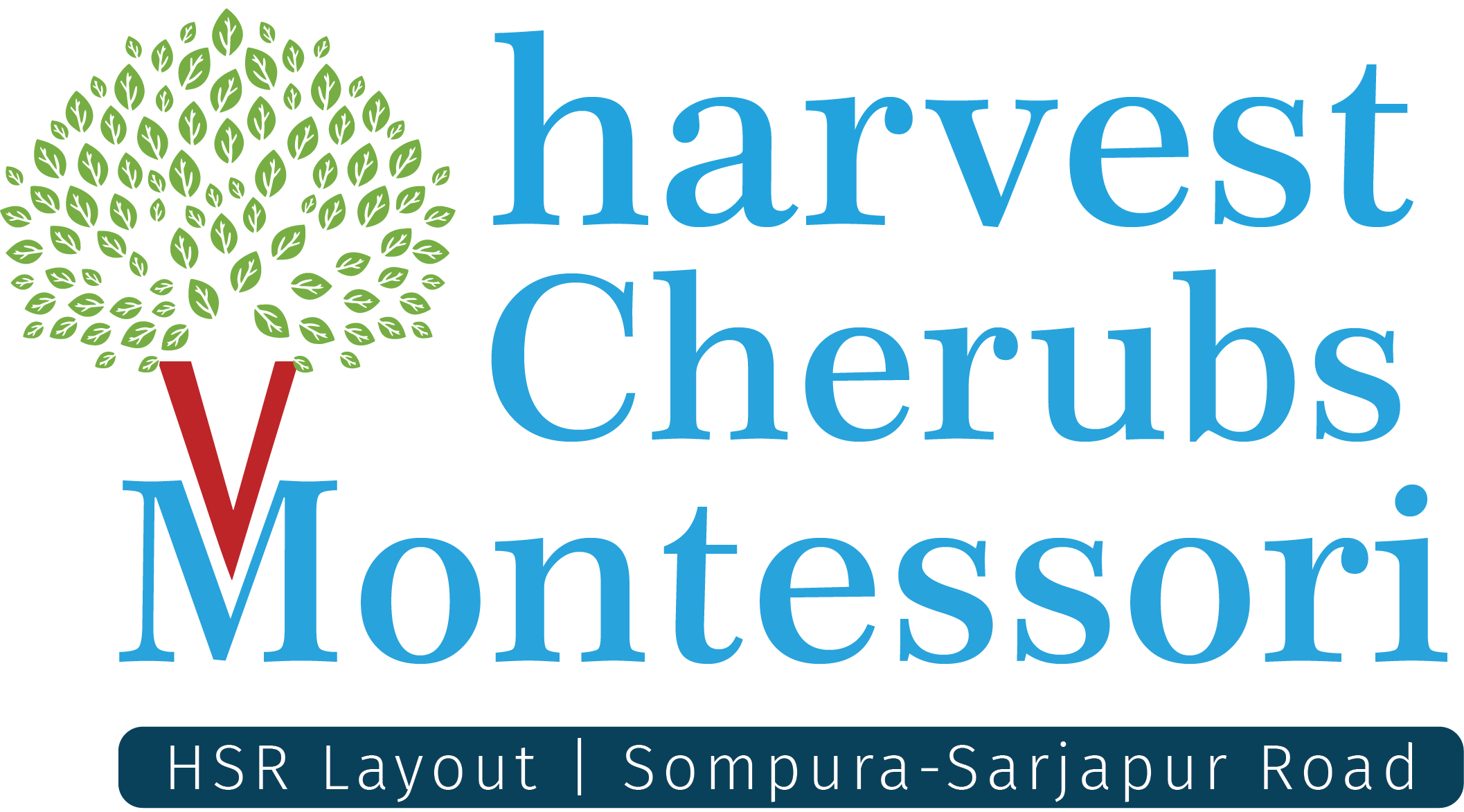In the Montessori Classroom
Dr Maria Montessori was a scientist who spent time observing children. In doing so, she realized that children wanted real-world, hands-on applications for learning. Not only did they want it, but they also experienced joy in using their hands.
Through experimentation and careful calculation, Montessori developed materials for children to use. These lessons intentionally foster self-discovery and serve learning goals. Over 100 years later, the observations she made then still hold. Children enjoy and benefit from using their hands to learn regardless of the subject matter.
In a Montessori classroom, you will see hands-on learning everywhere! A child washing a table is learning about their environment while also preparing their hand muscles for similar movements in writing. Placing cubes on top of one another in the pink tower allows children to learn precision of movement while also allowing their body to experience, physically, the difference in 1 cubic centimetre ten times over! Not only this, but it is also teaching the basics of the mathematics base ten systems. Rarely is a lesson in a Montessori classroom taught for one purpose only, and usually, with time, the hands-on learning leads to multiple objectives.
What are Montessori hands-on experiences?
These activities allow students to use their hands to discover the world around them, keeping them captivated and focused on the subject. A few examples of hands-on activities include pouring and scooping, washing the window, and glueing paper.
What is the purpose of hands-on experience?
It helps you build connections in the environment. Through hands-on experience in the community or classroom, students develop not only the key transferable competencies and skills necessary for the workplace.
What is a hands-on experience for child development?
Hands-on learning encourages multi-tasking through listening, speaking, touching and using the senses to explore the environment. Hands-on learning engages children in problem-solving strategies. It allows young children to interact with the learning materials and make mistakes as they learn practically.
The Importance of Hands-on Learning in Early Childhood
Hands-on learning is vital to childhood because it’s how young children start learning skills informally before entering formal learning.
Little ones begin to use their hands from an early age. It is through handling things in a practical way that they begin to experience the world around them.
What is Hands-On Learning?
Hands-on learning is simply learning by doing. The process of learning this way takes place through action. The brain is stimulated in multiple areas through practical learning experiences.
Through hands-on activities, children are encouraged to learn through exploration. Hands-on learning develops thinking skills. The senses are engaged through physical participation in learning. Through their seven senses, children develop an understanding of their world and engage with different learning styles.
Hands-on learning promotes fine motor skills and allows children to learn through their mistakes. It provides real opportunities for children to experiment and learn about the world through play.
Examples of Hands-On Learning Activities
Here are a few examples of activities that encourage a hands-on approach.
- Playdough
- Building blocks
- Sand or sensory trays
- Water play
Kinesthetic Learning
The Kinesthetic learner loves to be involved. Physical interaction is an important part of this learning style.
Touching, feeling and working with things by manipulating them are important to a child with a Kinesthetic learning style.
These learners like to try things out and be directly involved in what they learn. They need the stimulation of being a physical part of their learning, trying new things and interacting through a hands-on approach.
The Benefits of Hands-On Learning in Early Childhood
- Hands-on learning stimulates the growth of the brain. The right side is stimulated through visual stimuli, creativity and using the imagination; the left side is through problem-solving, spatial awareness, sorting and organizing.
- Hands-on learning encourages multi-tasking through listening, speaking, touching and using the senses to explore the environment.
- Hands-on learning engages children in problem-solving strategies.
- It allows young children to interact with the learning materials and make mistakes as they learn practically. Valuable learning takes place through making mistakes.
- Hands-on learning is more realistic and less abstract for young learners.
It helps to develop critical thinking skills and create learning opportunities to use all seven senses. It is a practical approach to learning.
Conclusion
Hands-on learning combines the use of the senses and the important concept of learning through play. The wonderful positive factor of hands-on learning is it lends itself to all three learning styles. It promotes the early development of both sides of the brain, increases neural pathways, and begins developing young minds at the very early stage of learning. Hands-on learning is the ideal learning tool for children.

 Previous Post
Previous Post 
Leave Your Comment